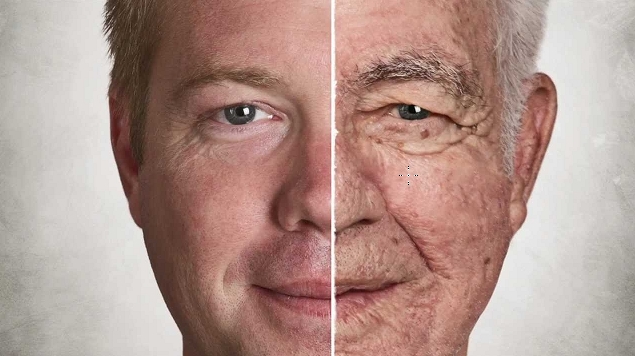
According to a study published in the American Journal of Preventive Medicine, brisk walking can also help lower their risk of suffering from pain or stiffness in the knee, hip, ankle or foot.
The importance of regular exercise among the elderly
Professor Dorothy Dunlop, the study's lead author, explained that by taking 10 minutes every day to go brisk walking, older adults can maintain their independence.
Dunlop, who teaches preventive medicine at the Northwestern University Feinberg School of Medicine, added that while 10 minutes may not seem that long, it's the minimum threshold that can motivate inactive older adults to start making positive lifestyle changes.
Teaching the elderly the value of regular exercise is crucial because a physically active lifestyle is associated with many health benefits.
Brisk walking and disability prevention
At least 14 million older adults in the U.S. have symptomatic knee osteoarthritis, the most common form of osteoarthritis. About two in five people with osteoarthritis, particularly those with issues in their lower joints, develop disabilities.
A person with symptomatic osteoarthritis may experience symptoms like joint pain, aching, and stiffness. To diagnose the condition, a physician may require an individual to undergo tests.
A physical examination can detect bone enlargements, deformities, protrusions, or swelling like Bouchard's nodes, crepitus, Heberden's nodes, and limited range of motion. Clinical findings may also reveal muscle spasm and tendon contracture.
The primary symptom of osteoarthritis is joint pain, which is aggravated by physical activity but relieved by rest.
Other symptoms of osteoarthritis include:
- Early morning stiffness that lasts about half an hour
- Joint instability, especially of the knees and first carpometacarpal joints
- Stiffness after periods of inactivity
For their study, the researchers analyzed four years worth of data from over 1,500 adults in the national Osteoarthritis Initiative from Baltimore, Columbus, Pittsburgh, and Pawtucket, Rhode Island. The participants all suffered from pain or stiffness in their lower extremity joints caused by osteoarthritis, but they were disability-free when the study began.
The physical activity of the volunteers was monitored using accelerometers.
According to Dunlop, the goal of the study was to determine what kind of activity can help the elderly remain free of disability.
Dunlop and her team discovered that one hour of weekly moderate to vigorous physical activity can help older adults maintain their ability to perform daily tasks. These include activities such as getting dressed or crossing the street before the traffic light walk signal changes.
An hour of weekly exercise lowered the risk of mobility impairment (e.g., walking too slowly to safely cross a street) among the elderly participants by a whopping 85 percent. Meanwhile, the difficulty of doing simple morning routine tasks like walking across a room or bathing and dressing also decreased by at least 45 percent.
Four years after the study began, the researchers observed that 24 percent of the participants who didn't get the weekly one hour of physical activity were too slow to safely cross the street. In addition, 23 percent of the volunteers reported having problems with their morning routine. (Related: Walking is crucial to lower back health.)
Federal guidelines advise older adults with arthritis to engage in low-impact activity. To reap substantial health benefits such as reducing the risk of heart disease and other chronic diseases, these guidelines advise older adults to have at least 2.5 hours per week of moderate-intensity activity.
This level of activity can be challenging for inactive older adults with lower extremity pain.
Dunlop hopes that the study findings can motivate the elderly to have an intermediate physical activity goal. Individuals who currently have an inactive lifestyle can improve their overall health by exercising or by brisk walking for at least an hour a week.
Sources include:
Please contact us for more information.























